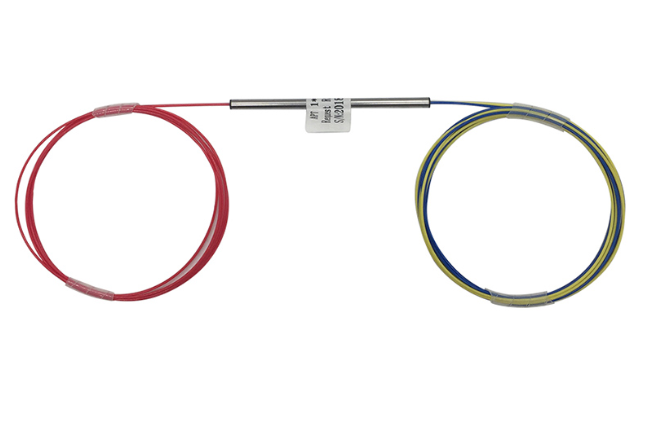Understanding Bare Fiber PLC Splitters in Telecommunication Infrastructure

FTTH Networks
Evolution of Fiber-to-the-Home Networks
FTTH networks, also known as fiber-to-the-home networks, have revolutionized the telecommunications industry by enabling seamless high-speed internet and digital services for both residential and commercial users. These advanced networks have become the cornerstone of modern connectivity, offering enhanced bandwidth and reliability to meet the ever-growing demand for data-intensive applications.
Benefits of FTTH Networks
Enhanced Performance: FTTH networks provide superior performance compared to traditional copper-based networks. The use of fiber optic networks ensures faster data transmission, resulting in a smoother and more efficient user experience.
Improved Connectivity: The deployment of FTTH networks contributes to improved connectivity, ensuring that users can seamlessly access a wide range of online services without interruptions or delays.
Splitting Technology Impact
Efficiency of Splitting Technology
Splitting technology plays a crucial role in optimizing network capacity by enabling the division of optical signals into multiple paths. This process ensures that the network can efficiently handle increased data traffic, enhancing overall performance and scalability. By utilizing fiber optic splitting, telecommunication infrastructure can achieve cost-effectiveness through the efficient distribution of data without compromising on quality. The efficiency of splitting technology contributes to the seamless transmission of data, meeting the demands of modern communication networks.
Applications of Splitting Technology
Enhanced Network Scalability: Splitting technology is widely utilized in passive optical network (PON) architectures to support the distribution of data to multiple end-users. This application allows for the expansion and adaptation of networks to accommodate growing user bases and evolving connectivity needs.
Improved Performance and Reliability: The impact of splitting technology extends to enhancing the performance and reliability of telecommunication networks. By efficiently managing optical signal division, this technology ensures consistent and reliable data transmission, contributing to an enhanced user experience.
Telecom Infrastructure Evolution
Advancements in Telecommunication Infrastructure
The telecommunication infrastructure has undergone significant advancements driven by the continuous evolution of fiber optic communication technology. The deployment of innovative solutions, including bare fiber PLC splitters, has played a pivotal role in enhancing the efficiency and reliability of telecom networks.
These advancements have led to improved network capacity, allowing for seamless data transmission and connectivity. The integration of bare fiber PLC splitters has specifically contributed to the growth of modern networks by optimizing the distribution of optical signals and supporting the expansion of telecommunication infrastructure.
Future Prospects of Telecom Infrastructure
Looking ahead, the future prospects of telecom infrastructure are focused on further enhancing network capacity and reliability. With an emphasis on integrating cutting-edge technologies, telecom networks are poised to meet the increasing demands for high-speed data transmission and uninterrupted connectivity. The ongoing evolution will continue to shape the landscape of communication infrastructure, ensuring that it remains at the forefront of technological innovation.
Advancements in Telecom Infrastructure
Role of PLC Splitting Technology
The integration of bare fiber PLC splitters has revolutionized telecom infrastructure, serving as a pivotal component in the evolution of modern networks. These advanced fiber optic splitters enable seamless distribution of optical signals, optimizing network capacity and supporting the efficient transmission of data. The deployment of passive optical network (PON) splitters has significantly contributed to enhancing network scalability and reliability, driving the progress of telecommunication systems.
Interconnected Components Driving Progress
FTTH Networks: The widespread adoption of FTTH networks has set the stage for high-speed internet and digital services, reinforcing the significance of PLC splitting technology in enabling superior connectivity.
Telecom Infrastructure Evolution: The continuous advancements in telecom infrastructure are intricately linked with the development and utilization of cutting-edge fiber optic splitter solutions, ensuring the seamless evolution of modern networks.
See Also
Attaining Superior Performance and Affordable Fiber Optic Connectivity
Discovering the Advantages of the 960 Core Fiber Optical Splice Closure
Simplifying Setups: FiberHome Flat Drop Cable
The Function of Fiber Optic Cables in Belowground Installations
Advantages of ADSS Fiber Optic Cables for Abovehead Transmission Lines


